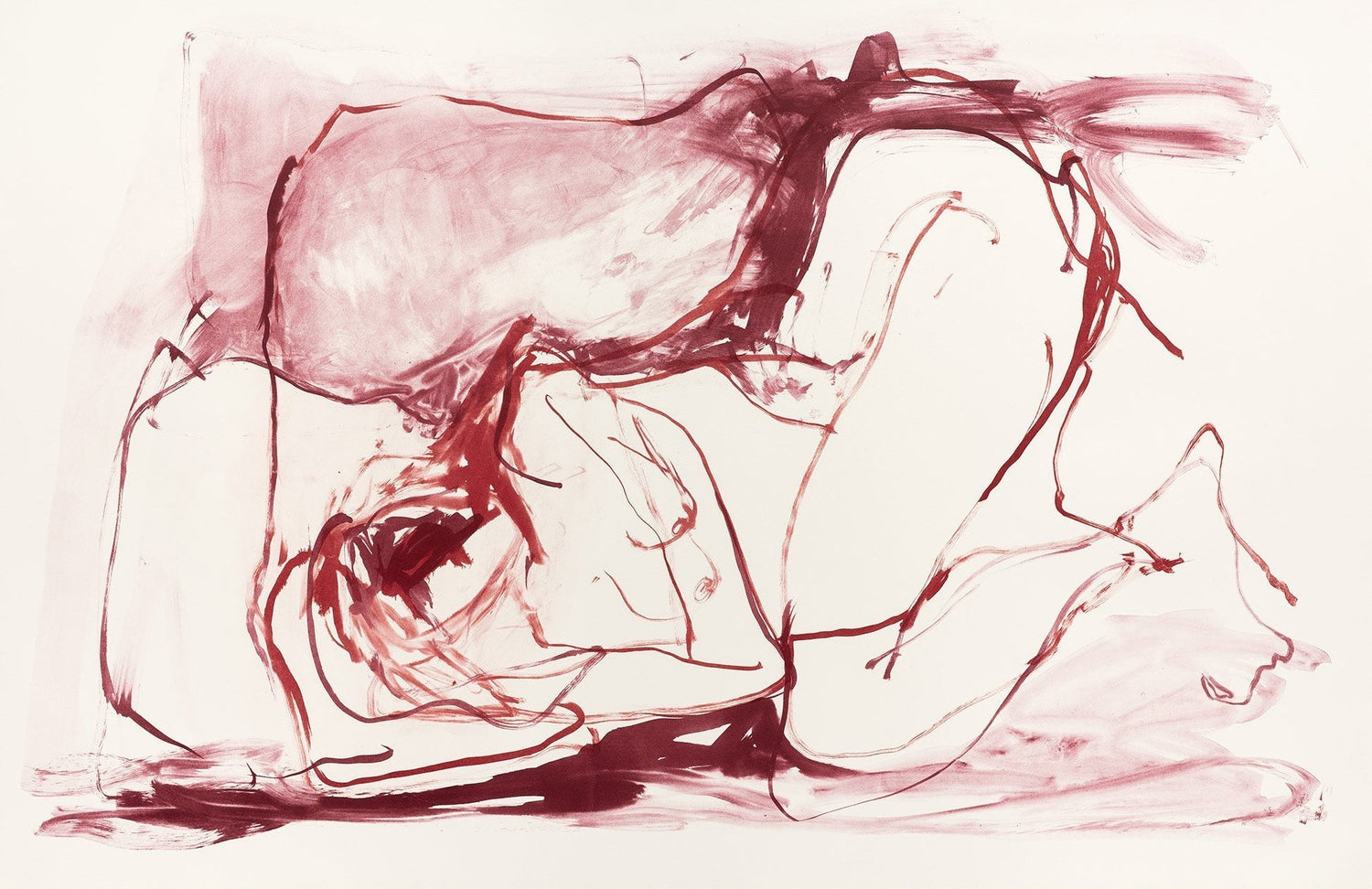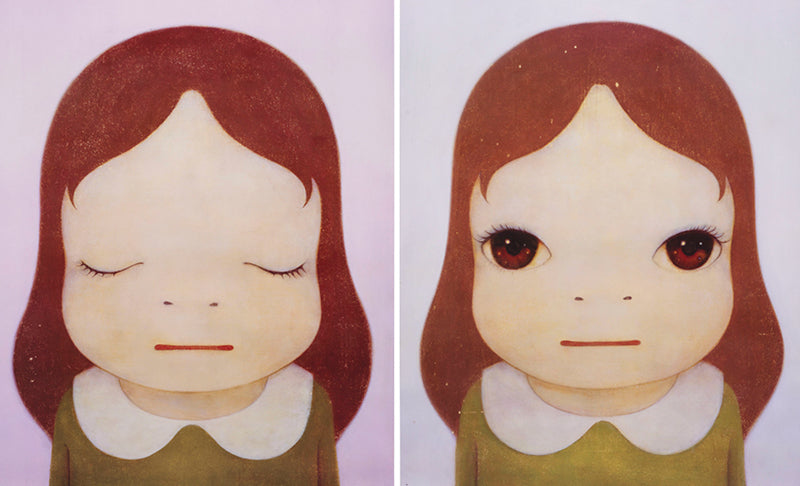Tracey Emin has long occupied a singular space in contemporary art: part provocateur, part diarist, always uncompromising. Her practice is not merely about objects in a gallery but about the act of living, of enduring, of exposing, of laying oneself bare. From the messy intimacy of My Bed to the luminous melancholy of her neon declarations, Emin has made her own vulnerability the material of her art. In doing so, she has redefined what it means for the personal to be political.
A Voice of the 1990s
Emerging in the 1990s as one of the most visible members of the Young British Artists, Emin quickly became a lightning rod for debates about art, celebrity, and sensationalism. Her tent embroidered with the names of everyone she had ever slept with; her television appearances that blurred the line between artwork and persona; her raw, confessional monoprints, these positioned her not simply as an artist, but as a cultural figure who forced the public to confront discomfort head-on.
If some saw spectacle, others saw bravery. Emin’s art made visible the kinds of private experiences, trauma, longing, heartbreak, that women artists had often been expected to silence.
The Language of Intimacy
What makes Emin’s work endure is not just its confessional nature, but the poetry with which it is expressed. Her words scrawled in neon glow like love letters and accusations at once. Her drawings, often fragile and impulsive, feel like pages torn from a sketchbook we were never meant to see. Even her large-scale sculptures retain a hand-made tenderness, as if they are still tethered to the body that created them.
This language of intimacy disarms viewers. It invites complicity: we are not passive spectators, but readers, confidants, voyeurs. The art implicates us in the act of confession.
 If I Could Just Go Back & Start Again, 2005
If I Could Just Go Back & Start Again, 2005
Cultural Legacy
Few artists have been as polarising, and fewer still have been as influential. Emin’s art has expanded the possibilities for autobiography in contemporary practice. She has legitimised the diary, the confession, the fragment as powerful artistic forms. In doing so, she has opened space for younger generations to centre vulnerability and lived experience in their work without apology.
If the art world once derided Emin as sensationalist, it is now impossible to deny her influence. Her work reminds us that intimacy can be as radical as any political gesture, that laying oneself bare is both an act of defiance and survival.
Conclusion
To step into Tracey Emin’s world is to enter a space where art and life are indivisible. Her canvases, installations, and neon scripts all point back to the same truth: that creation, for her, is not separate from existence but woven into its very fabric. Emin does not offer answers so much as presence, her own, messy, vulnerable, resilient presence. Her art, at its core, asks us look at ourselves, our losses, desires and survival.







Leave a comment
This site is protected by hCaptcha and the hCaptcha Privacy Policy and Terms of Service apply.